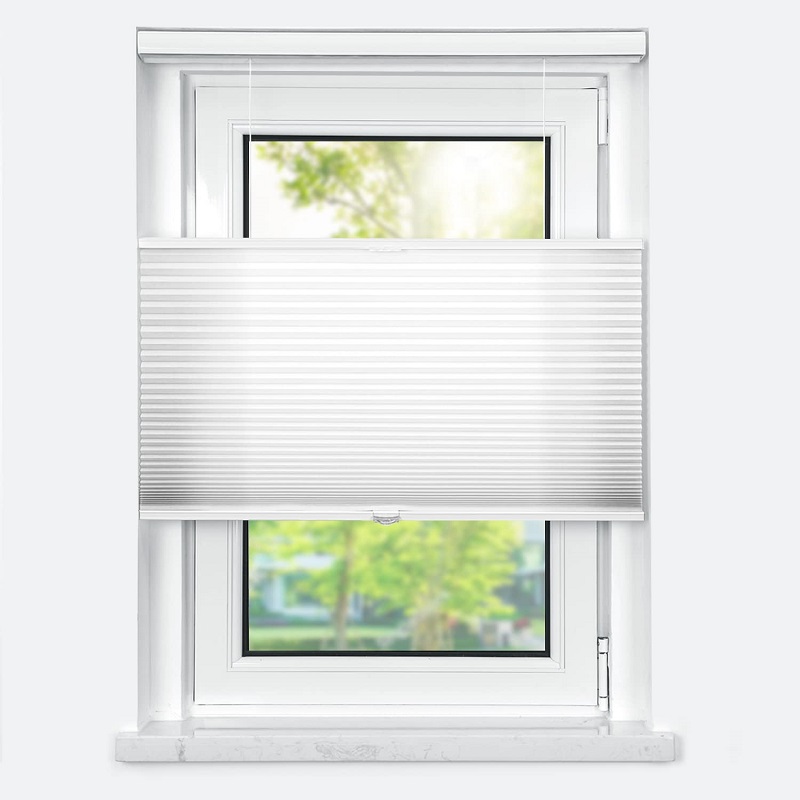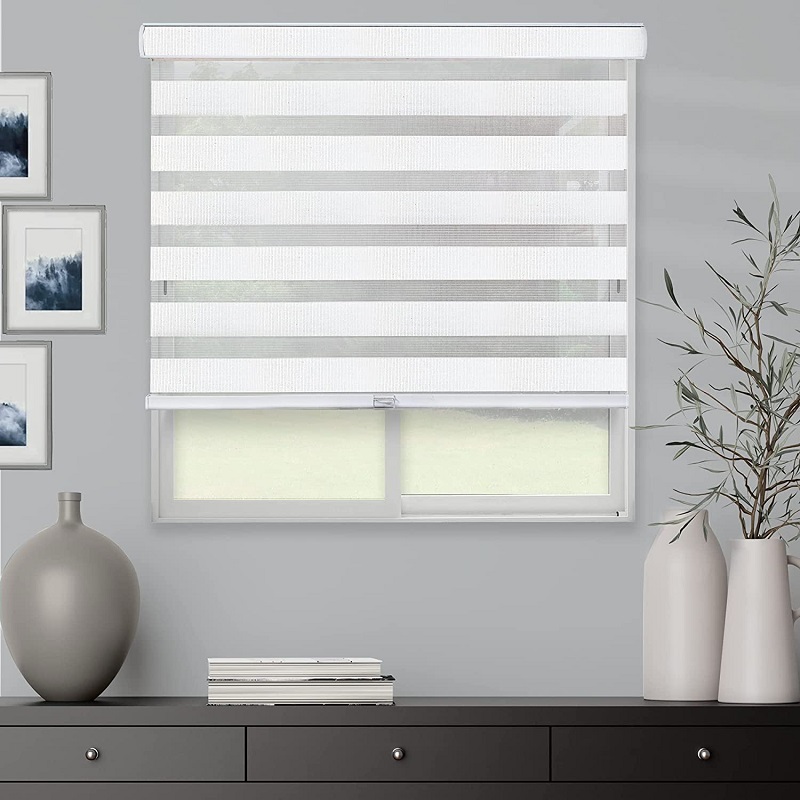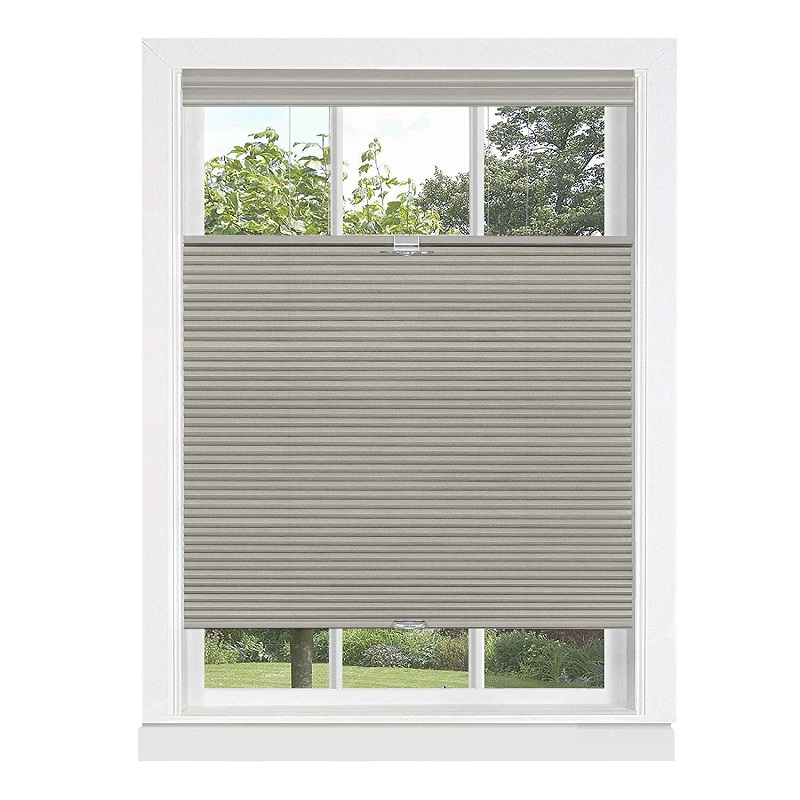Understanding the Basics of Blinds Installation
Types of Blinds and Their Mechanisms
Blinds come in various types, each with its own installation and removal mechanisms. The most common types include Venetian blinds, vertical blinds, and roller blinds. Venetian blinds feature horizontal slats that tilt to control light and privacy. Vertical blinds have vertical slats that can be drawn to the side. Roller blinds consist of a single piece of fabric that rolls up and down. Understanding the mechanism of your blind is crucial before attempting to remove them, as different types may require different approaches to avoid damaging the window frame or blinds themselves.
Tools Required for Safe Blind Removal
To safely remove blind without causing damage, having the right tools is essential. Typically, you will need a screwdriver, a ladder or step stool, and possibly a drill for more complex installations. A flathead screwdriver can help pry off any coverings or brackets. A stepladder will ensure you can reach higher blinds safely. Ensure that you have these tools ready and understand their use before starting the removal process. Using the correct tools minimizes the risk of damage to both the blinds and the window frame.

Step-by-Step Guide to Removing Blinds
Preparing the Area
Before removing the blind, it is important to prepare the area to prevent any damage or mess. Clear the window area of any furniture or items that could obstruct your work. Lay down a drop cloth or old sheet to catch any debris or small parts that may fall during the process. Ensuring that the workspace is clean and organized helps prevent accidents and keeps the removal process smooth. This preparation step is crucial for maintaining the condition of your window and the surrounding area.
Disengaging the Blinds from the Brackets
Most blinds are held in place by brackets that are attached to the window frame or wall. Start by locating the brackets, which are typically positioned at the ends of the blinds. Use a screwdriver to carefully remove the screws holding the brackets in place. If your blind have end caps or covers, gently pry these off before removing the screws. Once the screws are removed, the blinds should slide out of the brackets. Handle the blinds carefully to avoid bending or breaking any components. If the blinds are stuck, gently wiggle them while continuing to unscrew the brackets.
Removing the Blinds from the Window Frame
Once the brackets are removed, you need to take the blinds out of the window frame. For Venetian or vertical blinds, lift the blinds out of the brackets and support them while gently sliding them out. For roller blinds, pull the blinds down slightly to release them from their mounting brackets. If the blinds are equipped with a tension spring or a similar mechanism, ensure that you handle them carefully to avoid any sudden movements or damage. Keep track of all small parts and screws for reinstallation or replacement.
Troubleshooting Common Issues
Stuck or Jammed Blinds
Sometimes, blinds can become stuck or jammed due to debris, misalignment, or wear and tear. If you encounter this issue, start by inspecting the blinds and brackets for any visible obstructions or damage. Gently try to free the blinds by moving them back and forth while avoiding excessive force. In cases where the blinds are still stuck, you may need to disassemble the brackets or consult the manufacturer’s instructions for further guidance. Being patient and careful can help resolve the issue without causing damage.
Broken or Damaged Brackets
If you find that the brackets are broken or damaged during removal, you will need to replace them before reinstallation. To remove broken brackets, unscrew any remaining pieces and clean the area of any debris. Measure and purchase replacement brackets that match the original size and style. Follow the manufacturer’s instructions for installing the new brackets to ensure proper alignment and secure attachment. If you are unsure about the replacement process, consider seeking professional assistance to avoid further damage.

Reinstalling or Replacing Blinds
How to Reinstall Blinds Properly
To reinstall blinds, start by aligning the brackets with the pre-drilled holes in the window frame or wall. Secure the brackets in place using screws and a screwdriver. Make sure that the brackets are level and properly spaced to ensure smooth operation of the blinds. Once the brackets are installed, slide the blinds back into place, making sure they fit securely. Test the blinds to ensure they operate correctly before fully tightening any screws. Proper reinstallation is essential for the longevity and functionality of your blinds.
Upgrading to New Blinds
If you are replacing old blinds with new ones, follow the same steps for removing the old blinds and installing the new ones. Measure the window dimensions accurately to ensure a proper fit for the new blinds. Choose blinds that complement the style and function of your space. When installing new blinds, carefully follow the manufacturer’s instructions for assembly and mounting. Upgrading your blinds can enhance both the appearance and functionality of your windows, providing improved light control and privacy.
Maintenance Tips for Blinds
Regular Cleaning and Care
Regular cleaning and maintenance of blinds are essential for their longevity and appearance. Dust blinds regularly using a microfiber cloth or a vacuum with a brush attachment. For deeper cleaning, follow the manufacturer’s instructions, which may involve washing or wiping down the blinds with a mild detergent. Avoid using harsh chemicals or abrasive materials that could damage the blinds. Proper maintenance helps keep blinds looking their best and ensures that they function smoothly over time.
Inspecting for Damage
Periodically inspect your blinds for any signs of damage, such as bent slats, broken cords, or malfunctioning mechanisms. Addressing minor issues promptly can prevent more significant problems and extend the lifespan of your blinds. If you notice any damage, make repairs or replace damaged parts as needed. Regular inspections and timely repairs are key to maintaining the functionality and appearance of your blinds.
Upgrading Blind Systems for Enhanced Functionality
Exploring Advanced Blind Mechanisms
For those looking to enhance the functionality and aesthetics of their window treatments, exploring advanced blind mechanisms can be a valuable option. Modern blinds offer various upgrades such as motorized controls, smart home integration, and energy-efficient designs. Motorized blinds provide convenience with remote control or app-based operation, making them ideal for high or hard-to-reach windows. Smart blinds can be programmed to adjust automatically based on time of day or light levels, enhancing energy efficiency and comfort. Consider these advanced options to improve both the ease of use and the energy performance of your window treatments.
Selecting the Right Blind Material
When upgrading to new blinds, selecting the appropriate material is crucial for achieving both durability and desired aesthetics. Blinds come in a range of materials including wood, faux wood, aluminum, and fabric. Wood blinds offer a classic, natural look but require more maintenance to prevent warping. Faux wood blinds provide a similar appearance with greater durability and resistance to moisture. Aluminum blinds are lightweight and durable, making them a good choice for high-traffic areas. Fabric blinds, such as cellular shades, offer insulation benefits and a soft, elegant look. Choose a material that fits your style preferences and functional needs for the best results.

Conclusion
Final Thoughts on Blind Removal and Maintenance
Removing blinds without damaging your windows requires careful preparation and the right tools. By understanding the different types of blinds and their mechanisms, you can follow the correct procedures for safe removal. Preparing the area, disengaging the blinds from the brackets, and handling any issues that arise are crucial steps in the process. Proper reinstallation or replacement, along with regular maintenance, ensures that your blinds remain functional and attractive. With these tips and techniques, you can manage blind removal and upkeep effectively, maintaining the beauty and functionality of your windows.
Seeking Professional Assistance
If you find that removing or reinstalling blinds is beyond your comfort level or if you encounter persistent issues, seeking professional assistance may be the best option. Professional installers have the expertise and tools to handle complex blind systems and ensure a flawless result. They can also provide advice on maintenance and repairs, helping you keep your blinds in top condition. Professional help can save time and prevent potential damage, making it a worthwhile consideration for your window treatments.








